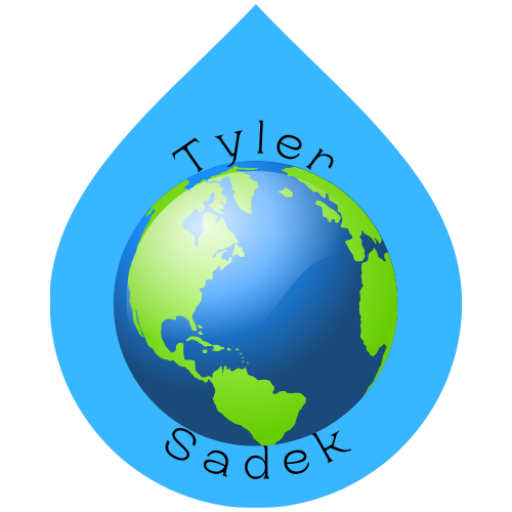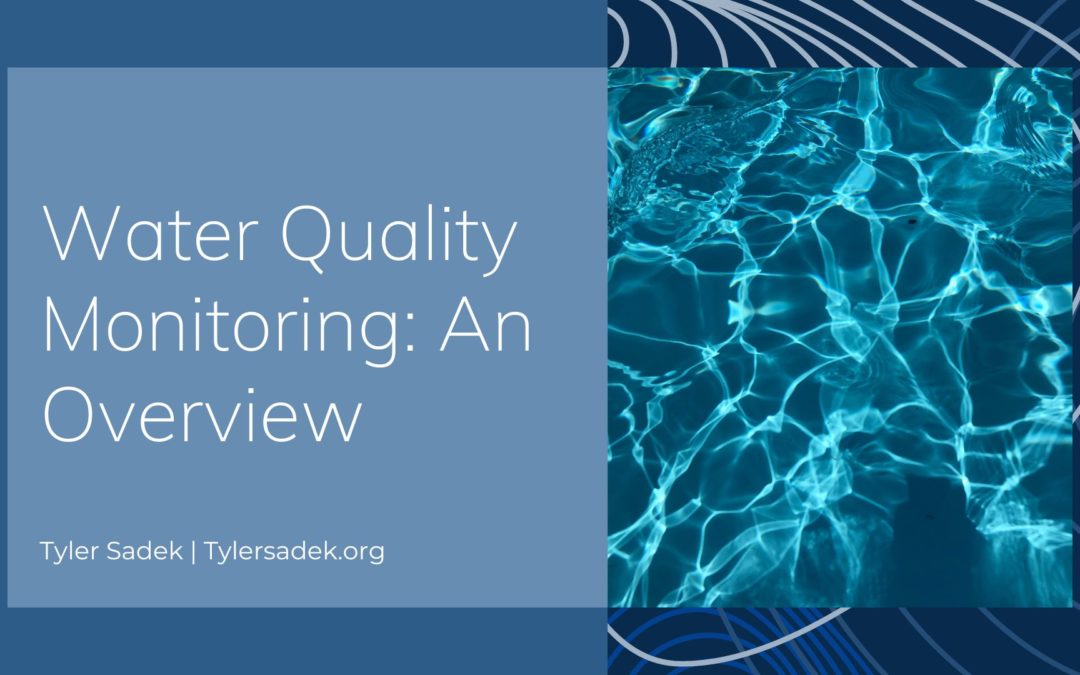Water is essential to life. It’s no wonder, then, that people have been working to protect and improve water quality for centuries. This article will discuss water quality monitoring: what it is, why it’s important, and how it’s done. We’ll also look at some of the challenges involved in water quality monitoring and the technologies used to overcome them. Stay tuned: by the end of this article, you’ll better understand water quality and why we need to keep an eye on it!
What is water quality monitoring?
Water quality monitoring is assessing the condition of water bodies like lakes, rivers, and aquifers. The goal of water quality monitoring is to collect data that can be used to identify problems and develop solutions for protecting and improving water resources.
Why is water quality monitoring important?
There are many reasons why water quality monitoring is important:
- It helps us to identify problems so that we can take steps to fix them.
- It allows us to track changes in water quality over time. This information can be used to assess the success of pollution-reduction efforts or determine whether a new development project impacts local waterways.
- By understanding trends in water quality, we can anticipate future problems and take steps to prevent them.
How is water quality monitored?
There are many ways to monitor water quality. One common method is collecting water samples and testing them in a laboratory for pollutants. Another approach is to use remote sensing techniques like satellites or drones to collect data about the condition of large bodies of water. In some cases, water quality monitoring is done by people who directly observe and record conditions like algae growth or fish populations.
What are some challenges involved in water quality monitoring?
One challenge involved in water quality monitoring is that it can be difficult to access certain areas, especially small or hard-to-reach water bodies. Another challenge is that data collection methods can be expensive and time-consuming. Finally, it cannot be easy to interpret data, especially when trends are not immediately apparent.
What technologies are used for water quality monitoring?
There are many different technologies used for water quality monitoring. One example is sensor networks, which use a variety of sensors to collect data about water temperature, pH levels, and dissolved oxygen content. Another example is DNA barcoding, which uses short fragments of DNA to identify different species in a sample of water.
Water quality monitoring is an important tool for protecting our most precious resource: water. By understanding what water quality is, why it’s important to monitor it, and how it’s done, we can ensure that our waterways are healthy and thriving for generations to come.

